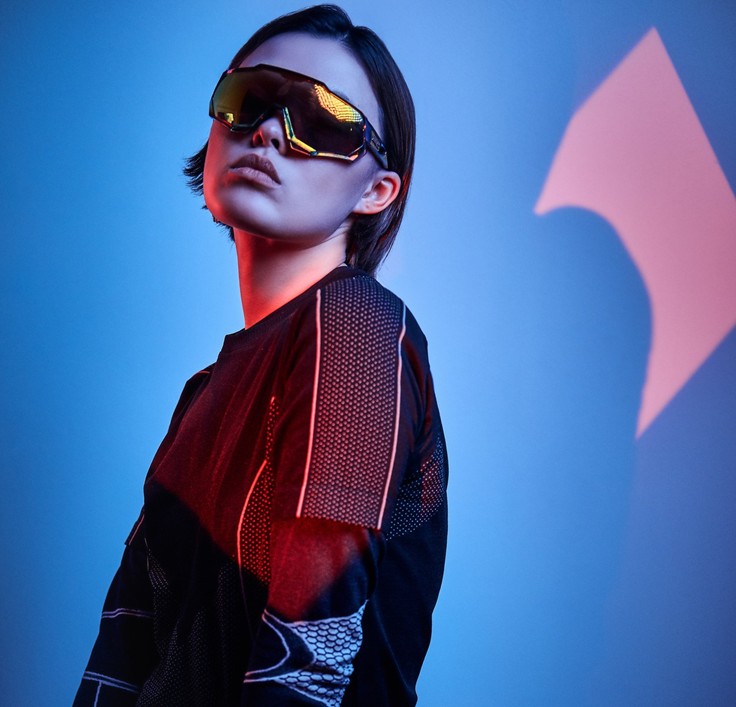
From shirts that fight bacteria to socks that boost recovery — are these fabrics the future, or just flashy marketing?
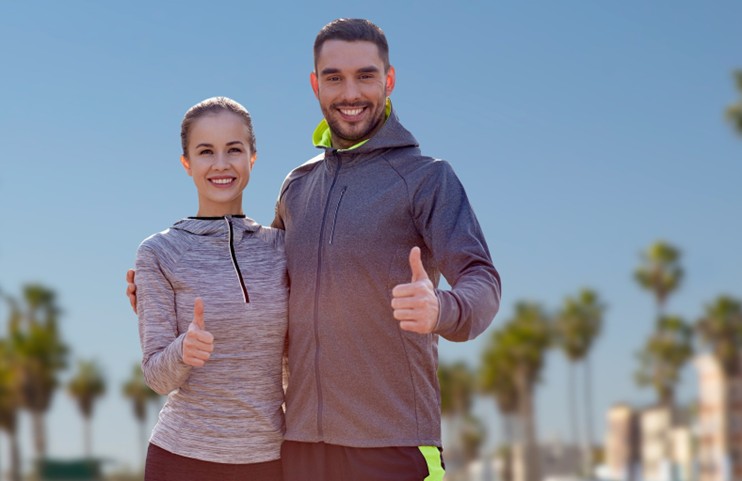
Functional textile designed with additional, non-biological functions to improve comfort, protection, or performance, through physical, chemical, or technical enhancements.
Example:
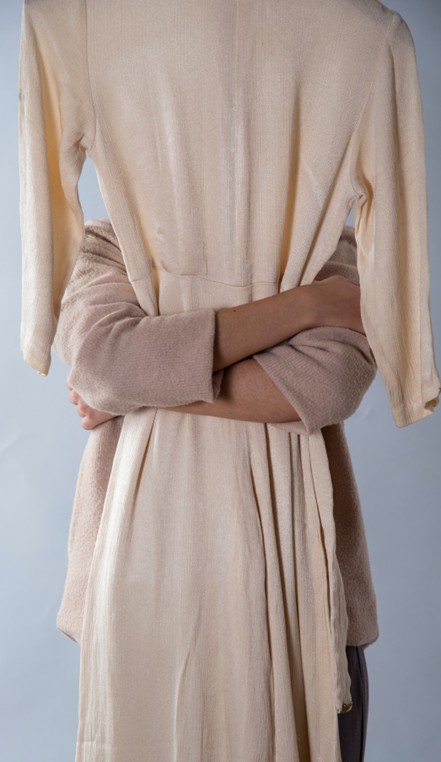
Biofunctional textile is a subset of functional textiles designed to work with the human body, supporting health, hygiene, and well-being through biologically active compounds or innovative mechanisms.
Example:
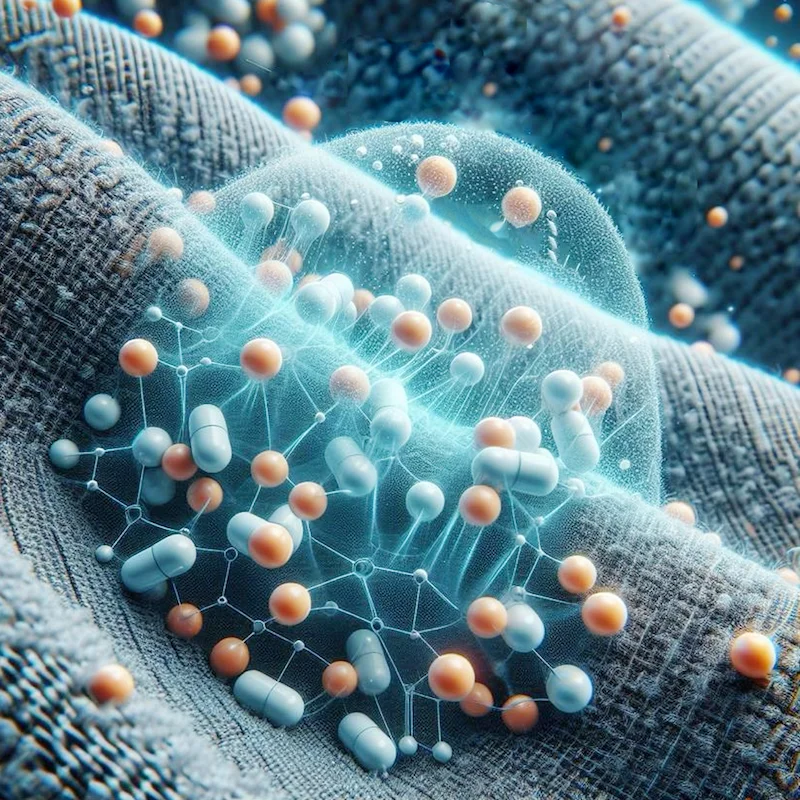
It’s all in the science of integration such as:
These properties are added during fiber production, fabric finishing, or surface coating.

Biofunctional textiles apply in healthcare (e.g., antimicrobial scrubs), sports and fitness (e.g., recovery
socks), wellness and beauty (e.g., hair-nourishing headwear, therapeutic pillow cases), and physical environments (e.g., odour-control gear); adding essential wellness benefits to the fabrics.
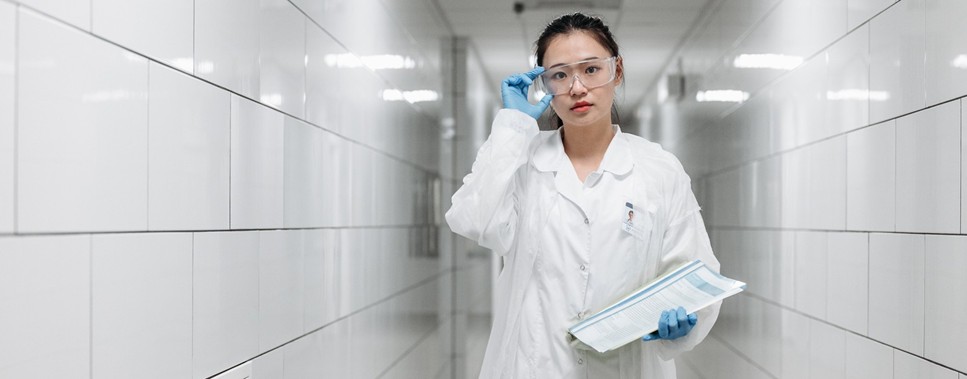
Biofunctional textiles are one of the most exciting intersections of fashion, science, and health; but like any innovation, proof matters. There are some challenges include:

With solid evidence from functional studies supporting claims such as antimicrobial durability, antioxidant functionality, and therapeutic effects, biofunctional textiles have the potential to be true breakthroughs.
Achieving practical efficacy, long-lasting performance, and cost-effectiveness will be key to unlocking their full potential.

Clothing stays in constant contact with our skin, almost every moment of the day. Building on this connection, Biorism sees textiles not just as fabric, but as a medium for delivering wellness. We are driving innovation to bring biofunctional textiles to life.
Biorism Sil2U technology is redefining the future of biofunctional textiles to deliver health benefits seamlessly.
The article is prepared by Biorism Scientist, Dr Maisarah, (PhD in Molecular & Cellular Biology).